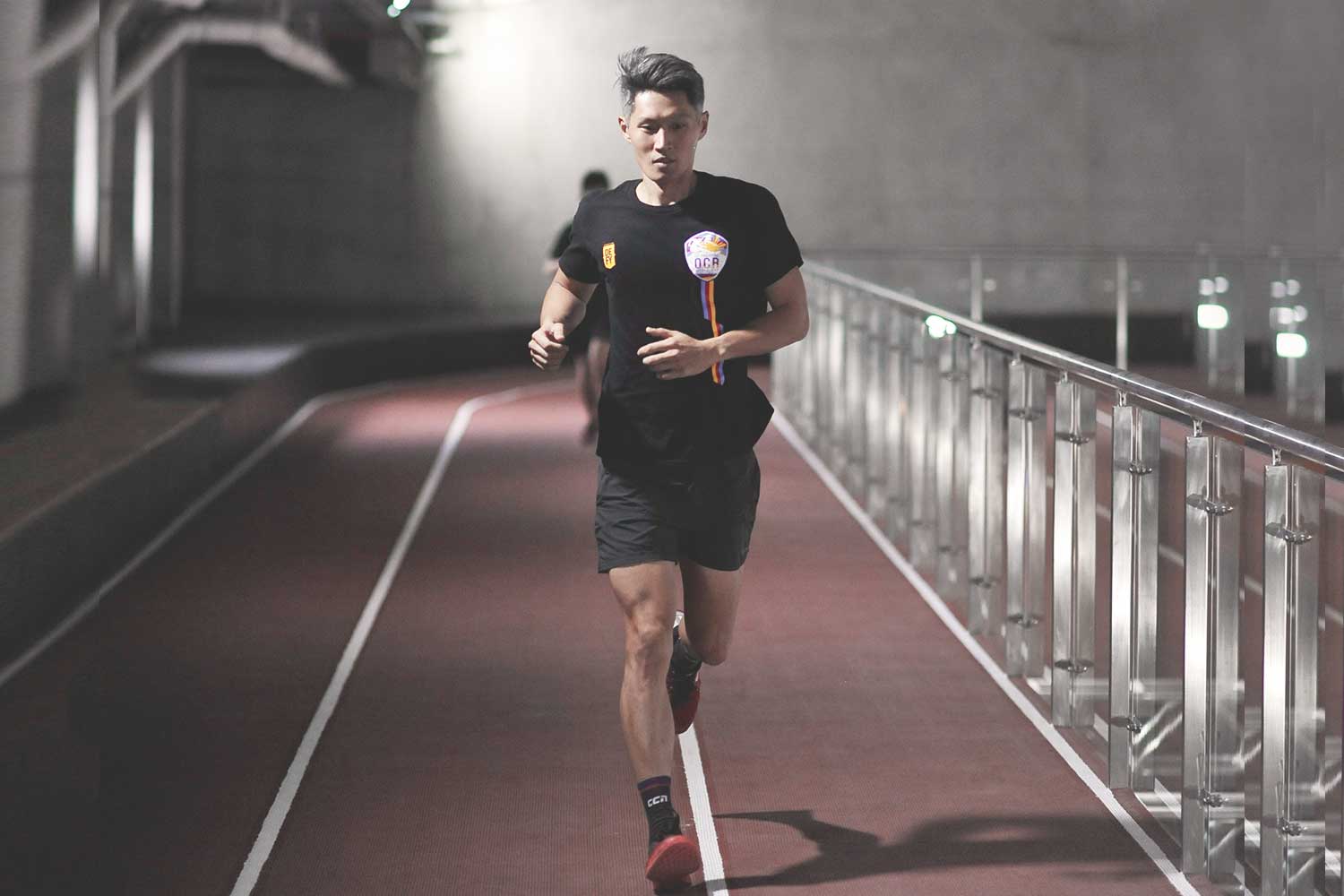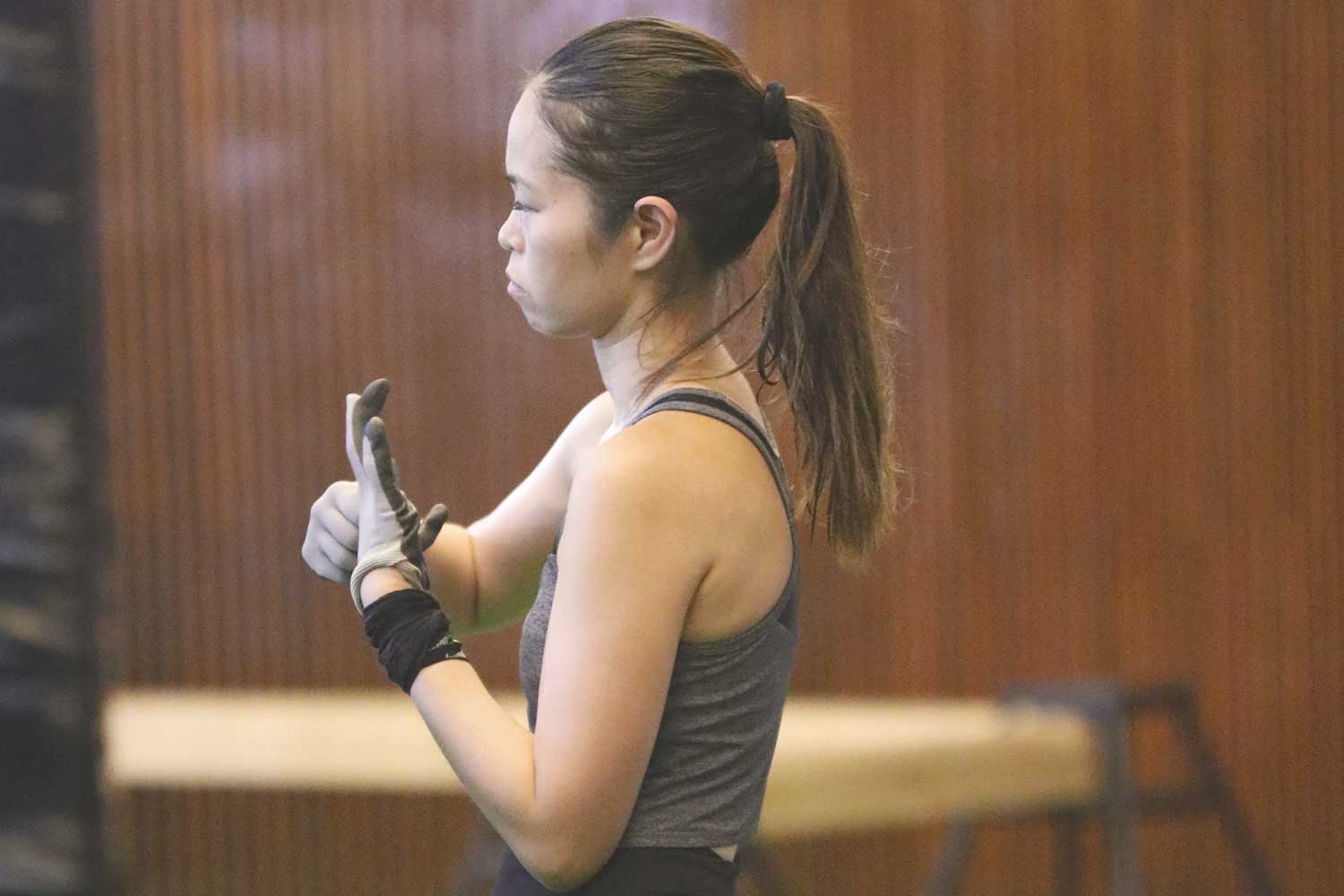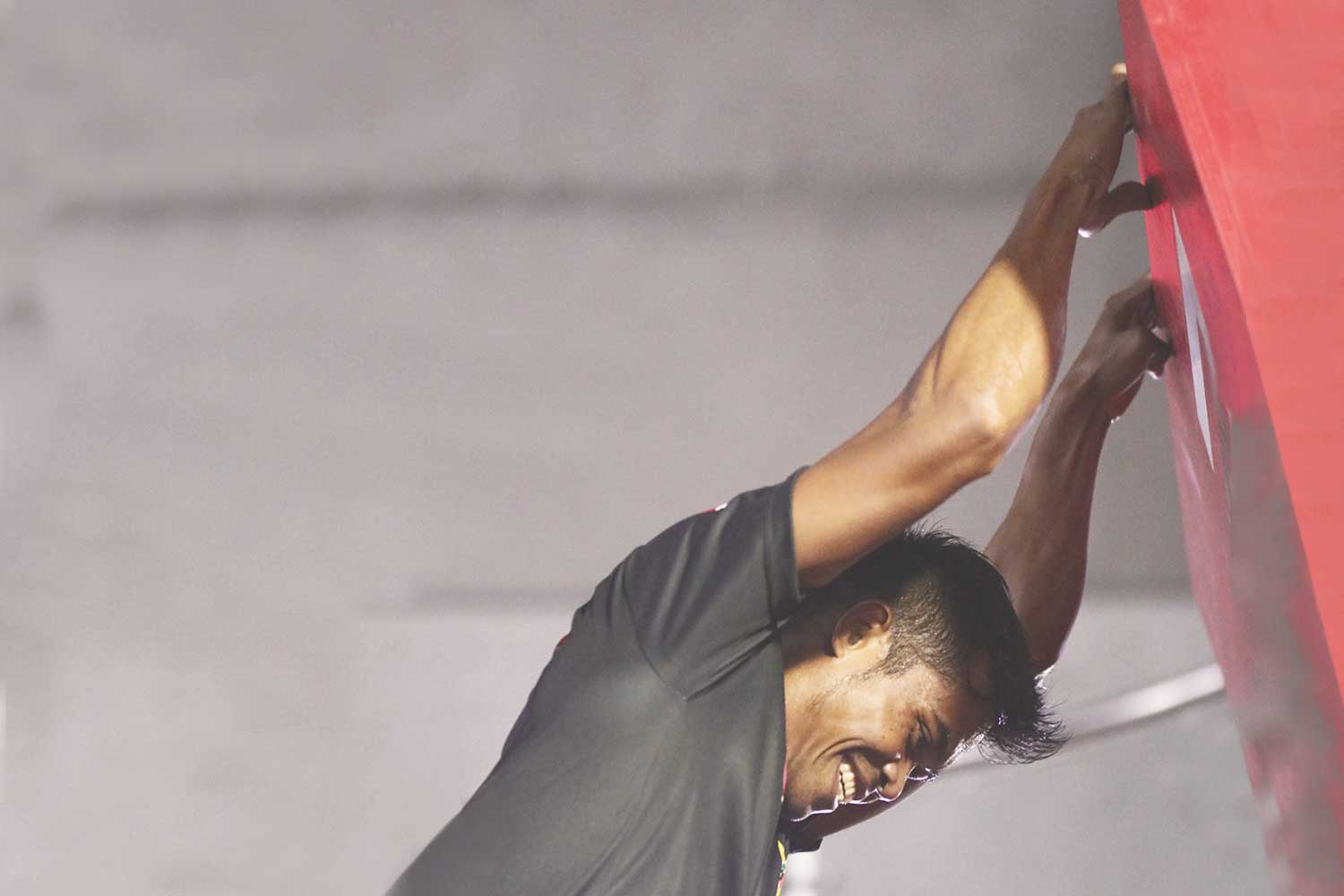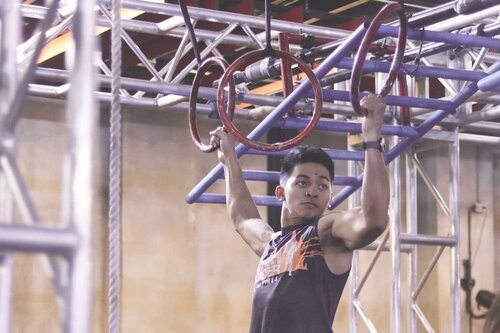- Amp your chances of completing an obstacle course race by specifically training for it.
- Strategic training combines strength training, cardio training, and learning of techniques for tricky obstacles.
- Training at an obstacle gym will prepare you for OCR by giving you an accurate idea of what to expect during the race proper.
What makes OCR classes stand out?
Your goal of staying fit can be achieved through different workout regimens and classes. Don’t confine yourself within the four walls of a gym. Not to be a Debbie Downer, but being in shape doesn’t automatically mean you’ll be great at obstacle course racing. In order to conquer an OCR event, you’ll need a repertoire of skills to get you through it all.
OCR training will help develop your speed, strength, and coordination, giving you a higher chance of finishing with flying colors. If you really commit to it, you’ll notice functional strength gains, robust athleticism, and as a bonus, better heart and lung health. Signing up to a specialized OCR gym or an obstacle course camp - or both! - will up your game to another level and give you an edge when you’re face-to-face with the real thing.
Expect pre-training exercises

Cardio
There is no obstacle course race in the world that requires zero running. Some call for more running than others but you can be sure that all of them will have you jogging or sprinting at some point. Especially for races that time their participants, your running speed and stamina play a big factor in the competition.
For gym-goers, you can incorporate your cardio by burning a few hours on the treadmill or stationary bike. If you have more time on your hands and don’t mind some vitamin D, go for an actual run In the hills. Get used to the rugged and uneven terrain because that will definitely work in your favor.
Circuit training
Functional strength is vital when it comes to obstacles that have you lifting, climbing, and grappling like a madman. The ideal strength training exercises for OCR are the ones that hone your ability to lift your own bodyweight because that’s what you’ll be doing on the course itself. You’ll have to literally haul yourself over the obstacles (sounds more fun than you think). Expect to have small sessions of circuit training that consist of pull-ups, press-ups, sit-ups, squats, burpees, and planks. If you struggle with any of them, start with just a few and work your way up to more and more reps per set.
Technique
This is what sets OCR training apart from the rest. Being able to practice on the kind of obstacles you’ll encounter on race day, or at least something similar to them, will save you time and energy. Since your body is familiar in handling them, you’ll be less likely to fail or get hurt while doing the obstacles. Plus, the coaches present are more than happy to teach you how to properly go through each one. They can even supply you with tips on how to outsmart tough obstacles. If there’s anyone whose advice you should take, it’s theirs.
Use the trial runs to your advantage
It’s a good strategy to do at least one session in an obstacle gym before the actual OCR event. If you have the time and budget for multiple sessions, then all the better. At an obstacle gym, you’ll exercise your grip strength, agility, and balance. This is the best venue for you to master the little technicalities that come with doing the obstacles.
Many obstacle gyms are equipped with rope climbs, peg boards, cargo net crawl spaces, monkey bars, and walls of different types. Some even have tires for flipping, and throwing of spears. Don’t worry about not knowing where to start. A coach will be there to guide you through anything.
What you should wear and bring

Breathable clothing
One of the biggest “no-nos” when gearing up for OCR is wearing cotton. It’s only lightweight and comfortable when it’s dry, and you definitely won’t be dry as you run, crawl, and climb your way to the finish line. Instead, opt for slim-fitting clothes made of fabric that dries quickly. You want to be able to move around freely and not fret about your clothes getting caught in the obstacles.
Comfortable shoes
It goes without saying that your shoes should be the right pair all the time, but that’s especially true on the obstacle course. Ditch your clunky, basketball shoes and wear a pair that’s lightweight but offers good ankle support, as well as soles with an aggressive grip because they help prevent injuries and allow you to cut through mud like a champ.
Chalk and/or tape
Chalk will come in handy even if you don’t have any artistic inclinations. During OCR training, you won’t be drawing anything. You’ll use the chalk on your hands to give them more traction and to combat the sweat that can easily build in the center of your palms. Whether you’re lifting a tire, sack, or carrying your own body weight, a solid hand grip is essential.
Another thing you might need for your hands while training and on the day itself is tape. Applying a few strips of tape to your hands will offer some protection from blisters, at least until you wait for your hands to grow more callused.
Train to make a difference on race day

Your best chance at finishing an OCR event and absolutely killing it is by letting well-rounded OCR training prep you. Not to brag, but there’s a certain kind of tenacity OCR classes offer compared to simple workouts. Even if you’re not planning on joining OCR soon, there’s still a lot to gain from OCR training, and of course, a lot of friends to be made and fun to be had.
